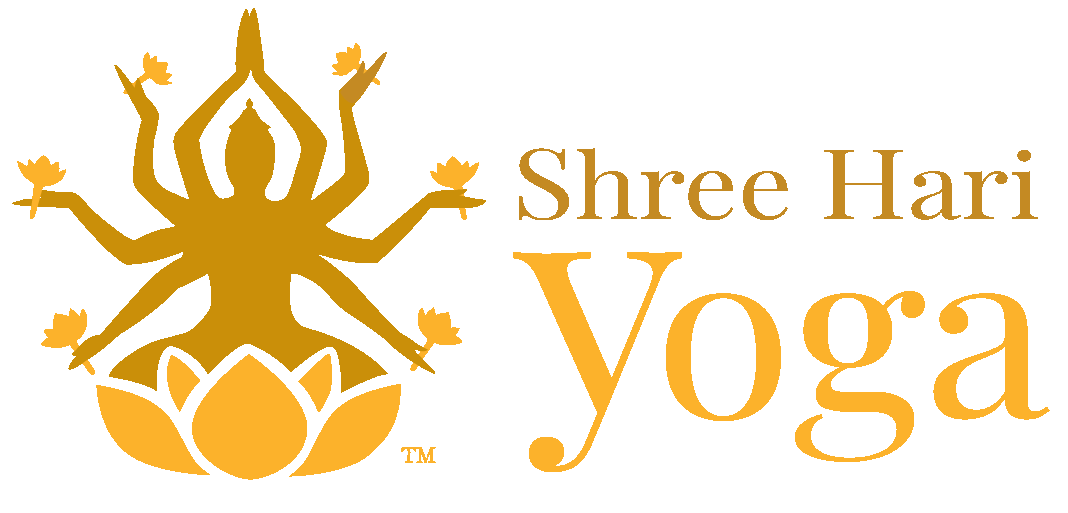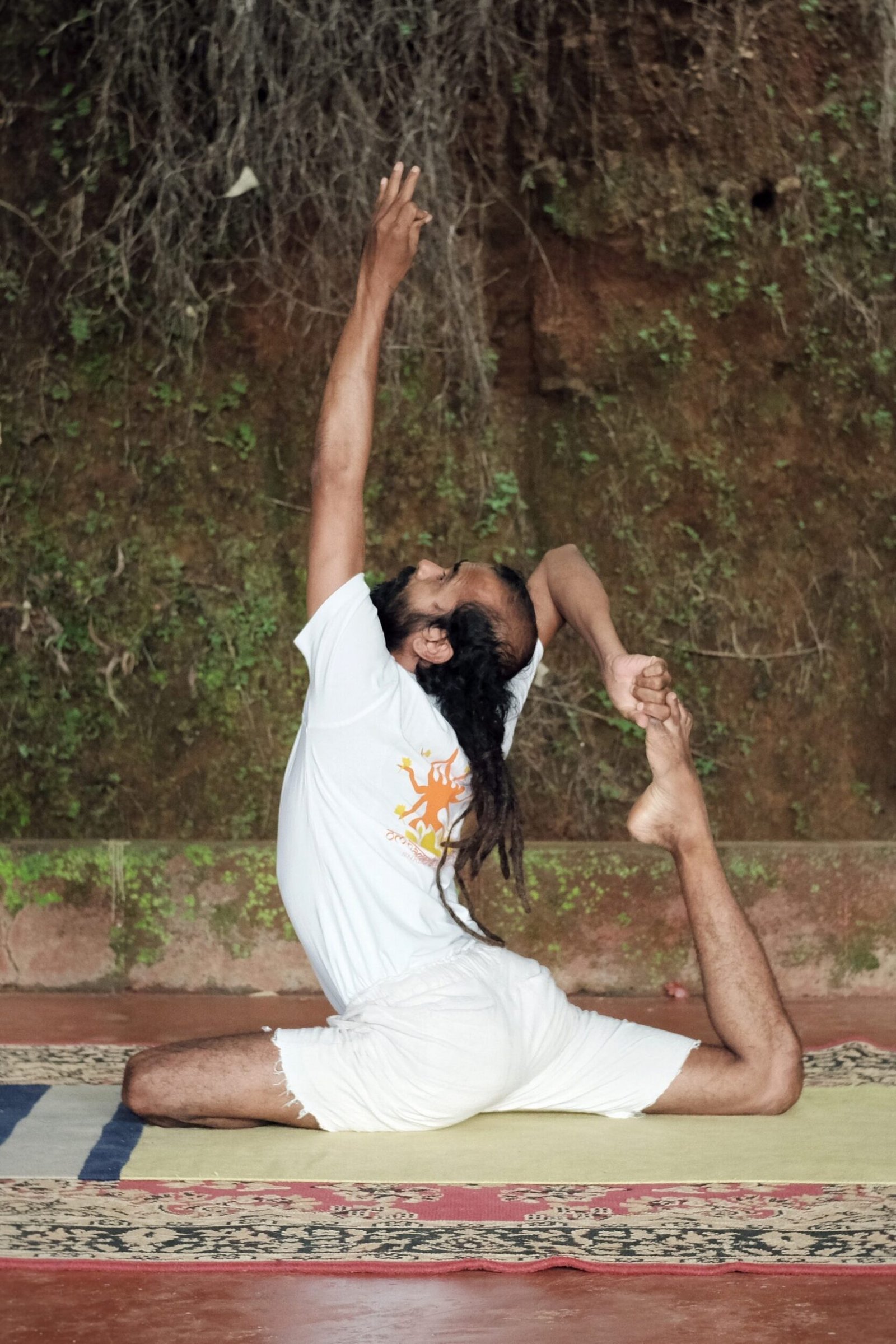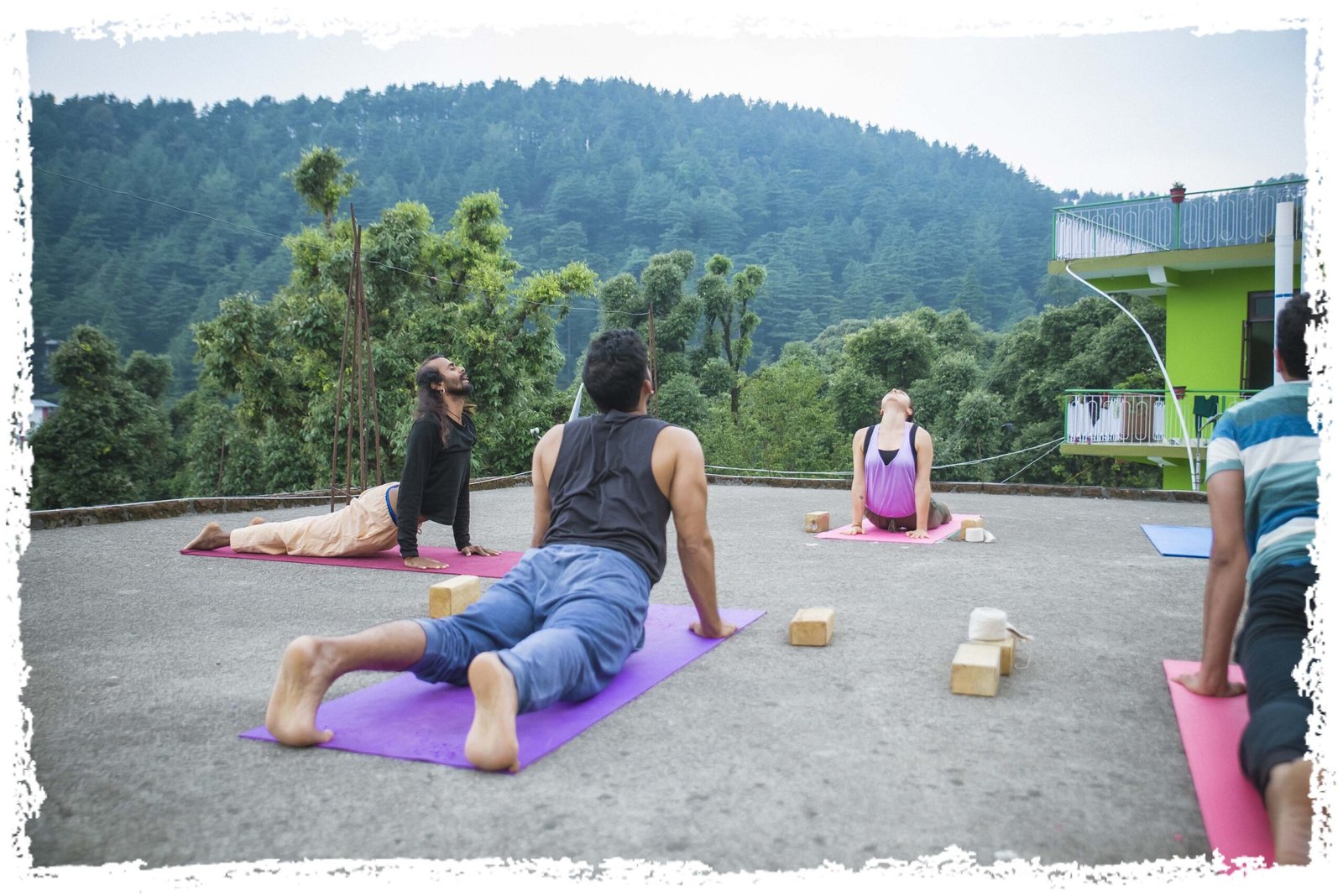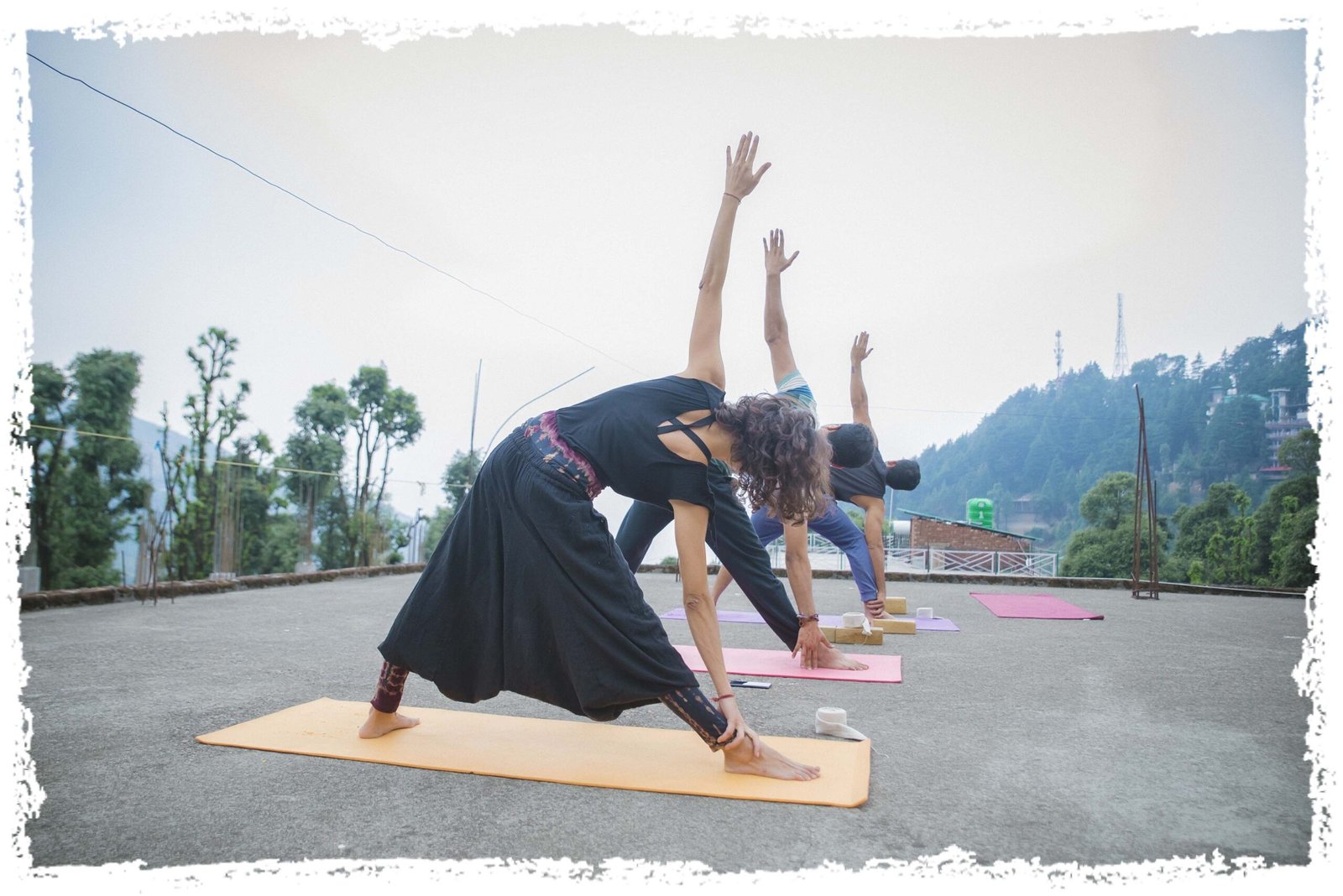Ashtanga Yoga Courses
Ashtanga Yoga Philosophy originates between 200 BCE to 250 CE with the Sage Patañjali. He compiled of his times existing yoga knowledge and wrote
a book called the Yoga Sutras. This book of 196 sutras, or verses, makes up
what is commonly called ‘Classical’ or ‘Raja’ (Royal) Yoga.
The Classical definition of Yoga comes from Patanjali: yogaścittavṛittinrodaḥ –
Yoga is channeling or controlling the fluctuations of the chitta (mind).
The mind is the sum total of our: thoughts, desires, senses, emotions, personality, intellect, perception, memory, understanding, recognition and cognition. It consists of three parts: the sensory mind, ego, and intellect.
It is thought that learning to direct and control the chitta allows us, to see our real nature, our ‘True Self’ and gain direct experience of the ‘Ultimate Reality’.
To achieve this objective, Patanjali defined 8 practices which are known as the Eight Limbs of Yoga. The term Ashtanga Yoga is found in the 2nd chapter of Patanjali’s Yoga Sutras.
In the modern context of Yoga, Sri K. Pattabhi Jois (Guruji), the 94 year old Yoga Master from Mysore, South India, called the system of postures. He has learned it from his teacher Krishnamacharya ‘Ashtanga Yoga’. Pattabhi Jois taught a form of Hatha Yoga and believed it was essential for most students to enter the Eight-Limbed- Path through the third limb: asana (postures). Most forms of ‘flow’ or ‘power’ yoga classes taught in yoga studios and gyms across the world today, trace their roots back to the Ashtanga- Vinyasa-Asana system of Sri K. Pattabhi Jois. However, he would say there is much more then just the practice of postures involved in the system of Yoga he disseminated. Pattabhi Jois always claimed that the Yoga he was teaching was completely in-line with Patañjali’s Ashtanga Yoga Philosophy.
Ashtanga style of yoga is taught in the style of K.Pattabhi Jois at Shree Hari Yoga School. This method of practice is more associated with toning the body and expanding our physical strength. It is more grounding and helps in digesting thoughts. It also helps in activating the nadis, the energy channels, through the structure of the practice. The resulting effects of Ashtanga yoga practice will be experienced immediately. This particular practice involves a more potent experience of physical and mental release. This can produce swift healing and strengthening experiences, leaving the practitioner more energized and active.









